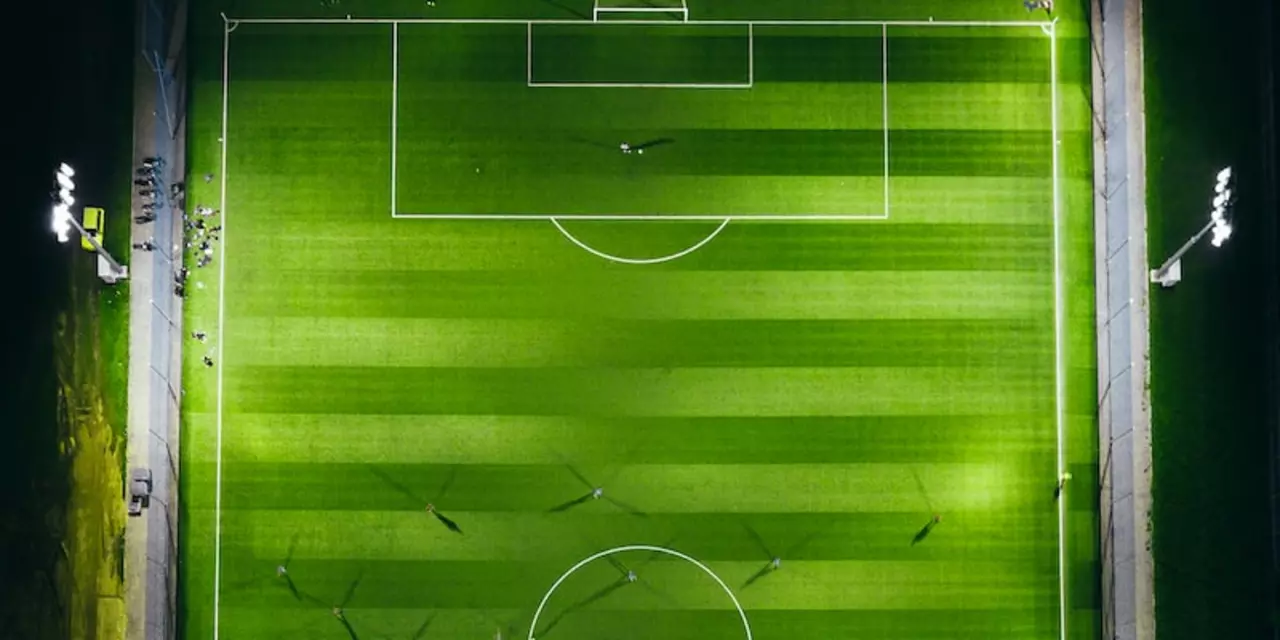Modern Soccer Trends – What’s Changing the Game
Soccer isn’t the same sport it was a decade ago. Every year new gear, new tech, and new ideas hit the field, and fans feel the shift. If you want to keep up, you need a quick rundown of what’s really happening right now. Below we break down the biggest changes, so you know what to look for the next time you watch or play.
Tech and Gear Changing the Game
Smart balls with built‑in sensors are now common in training. They record spin, speed, and impact, giving coaches data they never had before. Wearable devices on players track heart rate, fatigue, and movement patterns, helping teams tweak line‑ups during a match. Even cleats have evolved – lighter materials and multi‑direction studs give better grip on wet or dry surfaces, and some brands embed carbon‑fiber plates for extra power.
Video Assistant Referee (VAR) and goal‑line technology are no longer experiments. They’re standard in top leagues and major tournaments, cutting down obvious errors and adding drama when a goal is confirmed after a long pause. Fans get instant replays on the big screen, and players adjust their celebrations knowing officials can see every detail.
Tactics and Rules for the Modern Era
Coaches now rely on data‑driven tactics. The high press, once a risky gamble, is used by many teams to force turnovers high up the pitch. The false nine, a forward who drops deeper, creates space for wingers to run into. These ideas come from analysts who study hundreds of matches, spotting patterns that were invisible before.
Rule tweaks keep the sport fresh. Offside interpretations have tightened, rewarding quick passes that split defenses. Recent discussions about reducing the number of stoppages aim to keep the game flowing faster, which fans love. Some leagues experiment with five‑substitutions to protect player health, especially during congested schedules.
All these changes affect everyday players too. If you’re picking shoes, consider the newer stud patterns that match modern turf. If you coach a youth team, using a basic tracking app can show kids where they need to improve. Staying aware of the latest trends makes you more competitive, whether you’re on the field or in the stands.
Bottom line: modern soccer blends tradition with innovation. Tech gives us better data, gear makes us faster, and tactics push the limits of how the game can be played. Keep an eye on these shifts, and you’ll always feel part of the action rather than watching from the sidelines.

